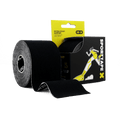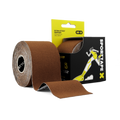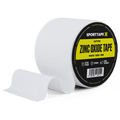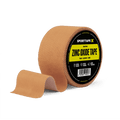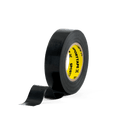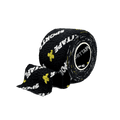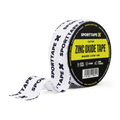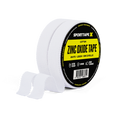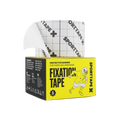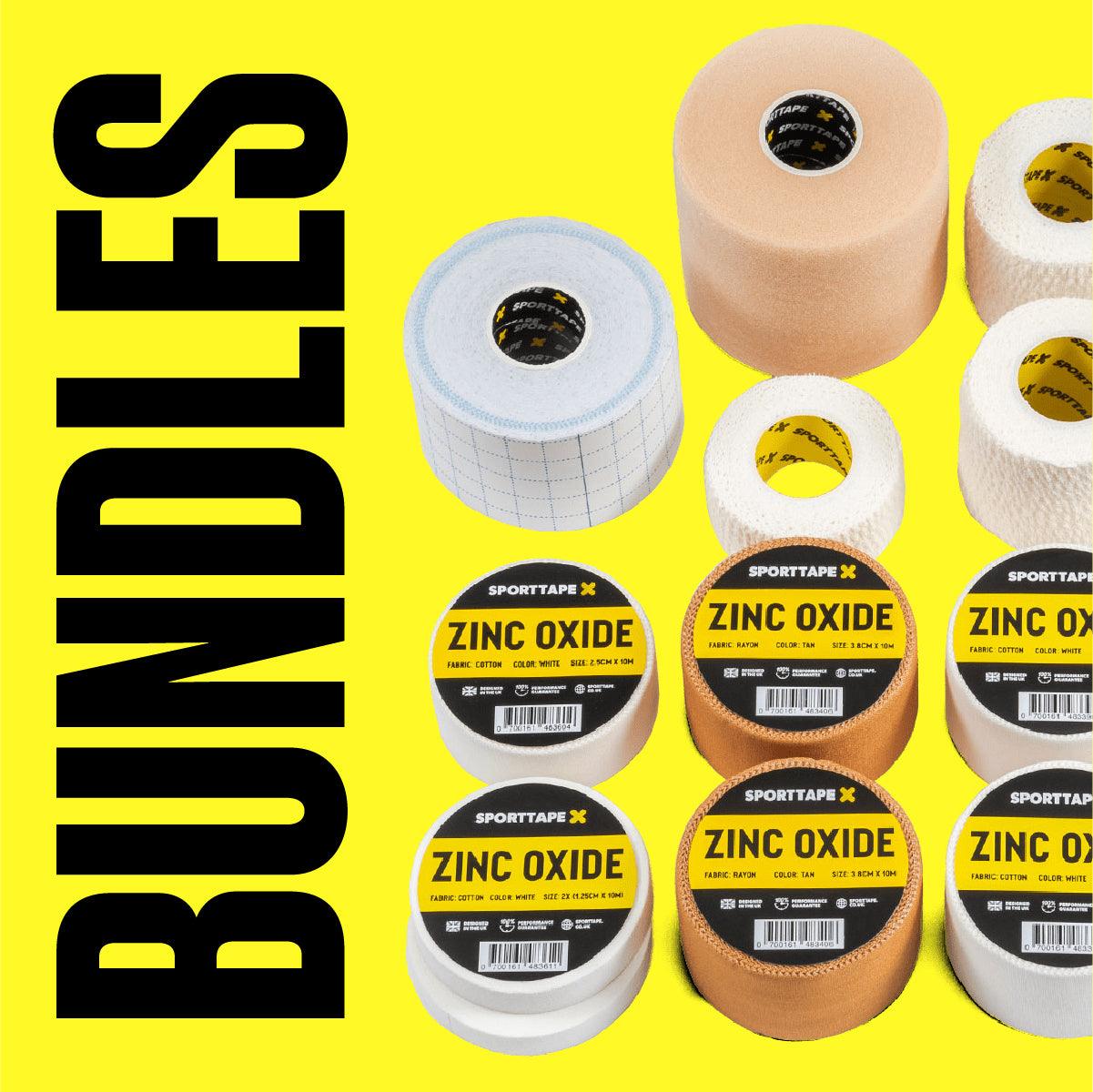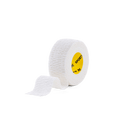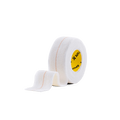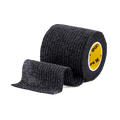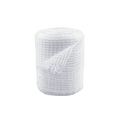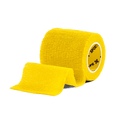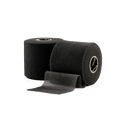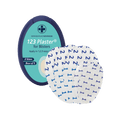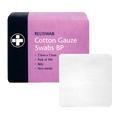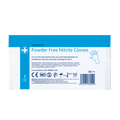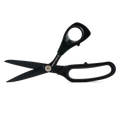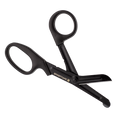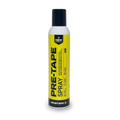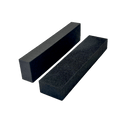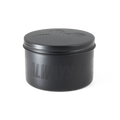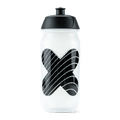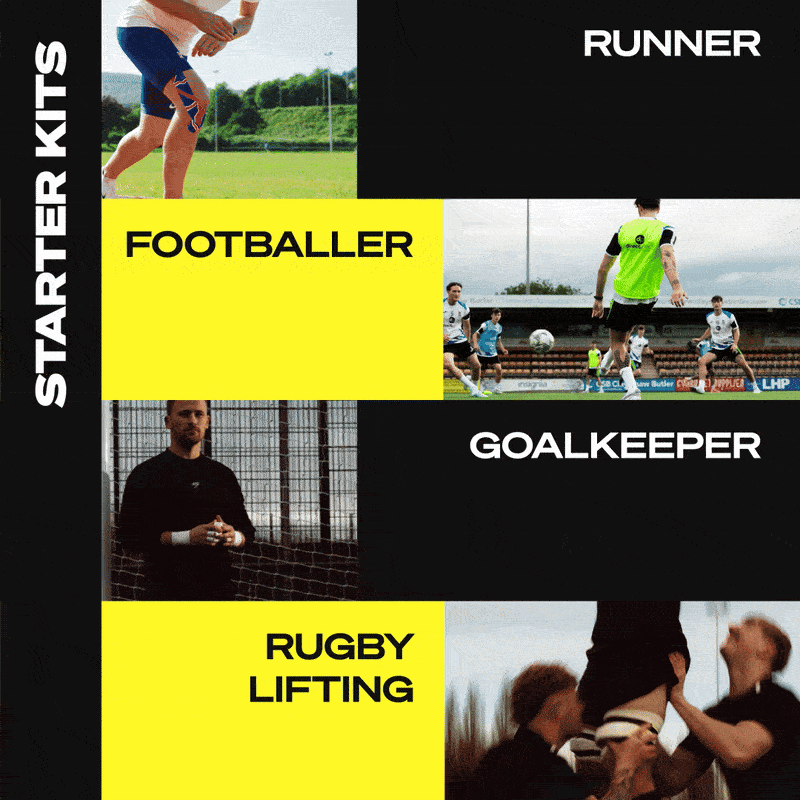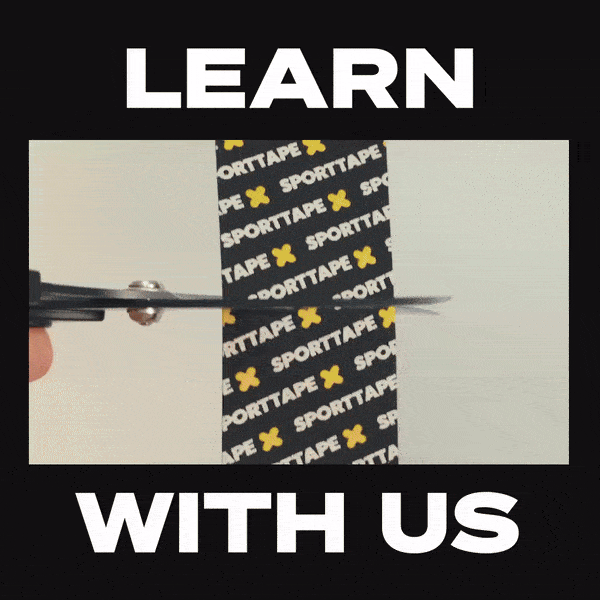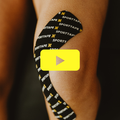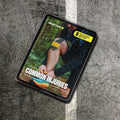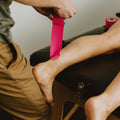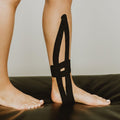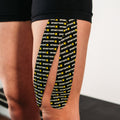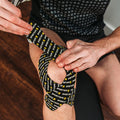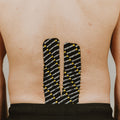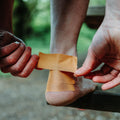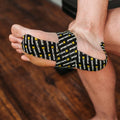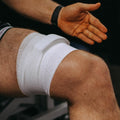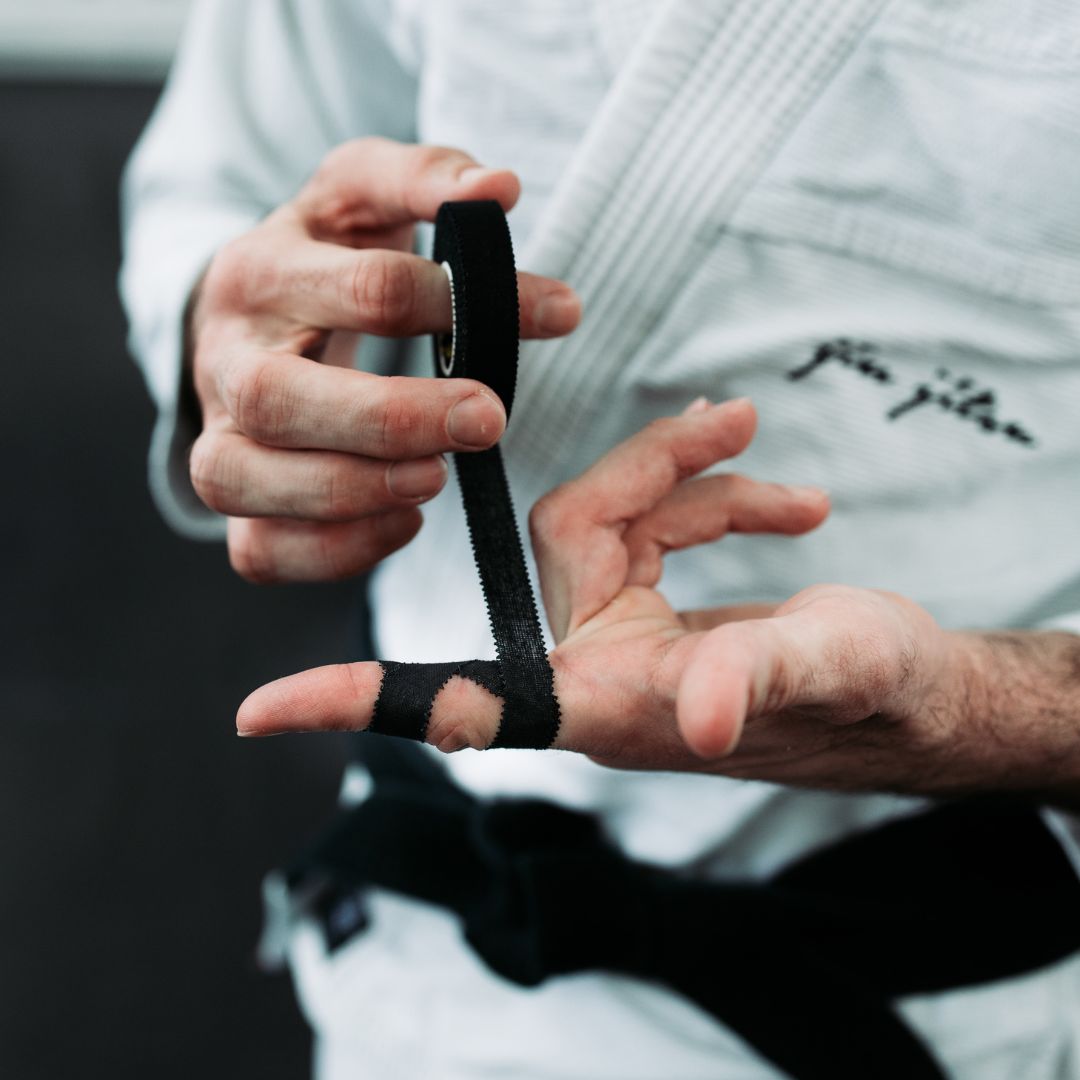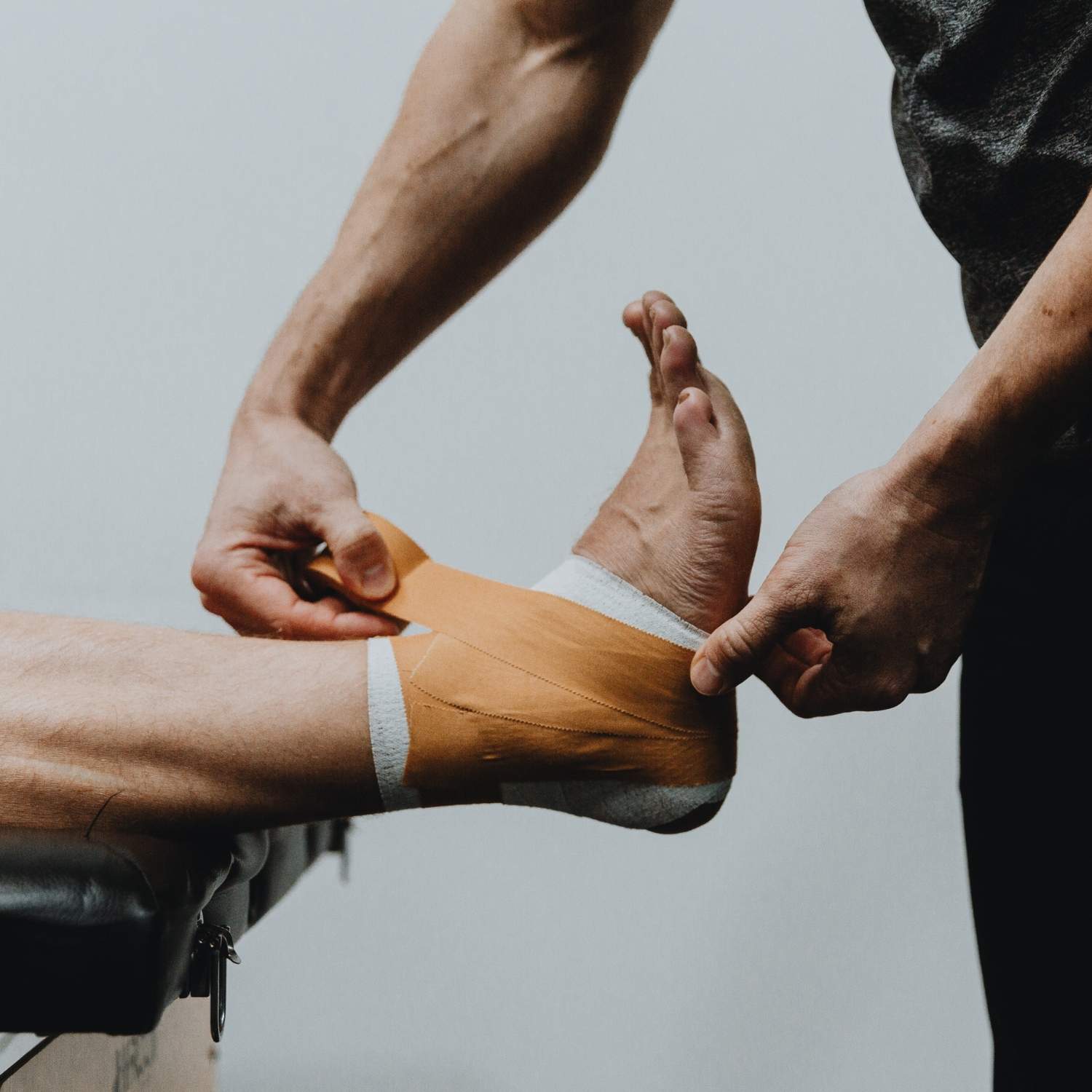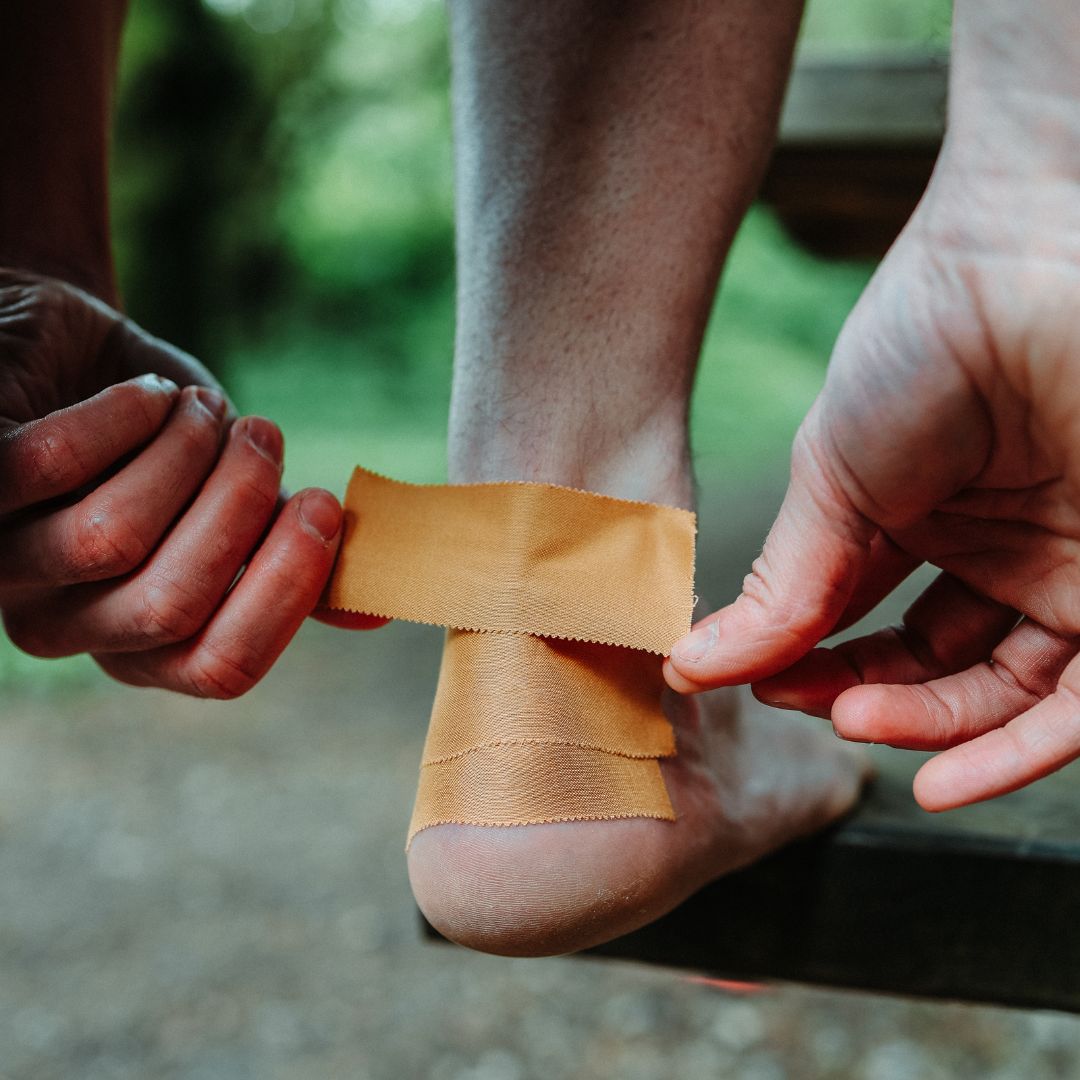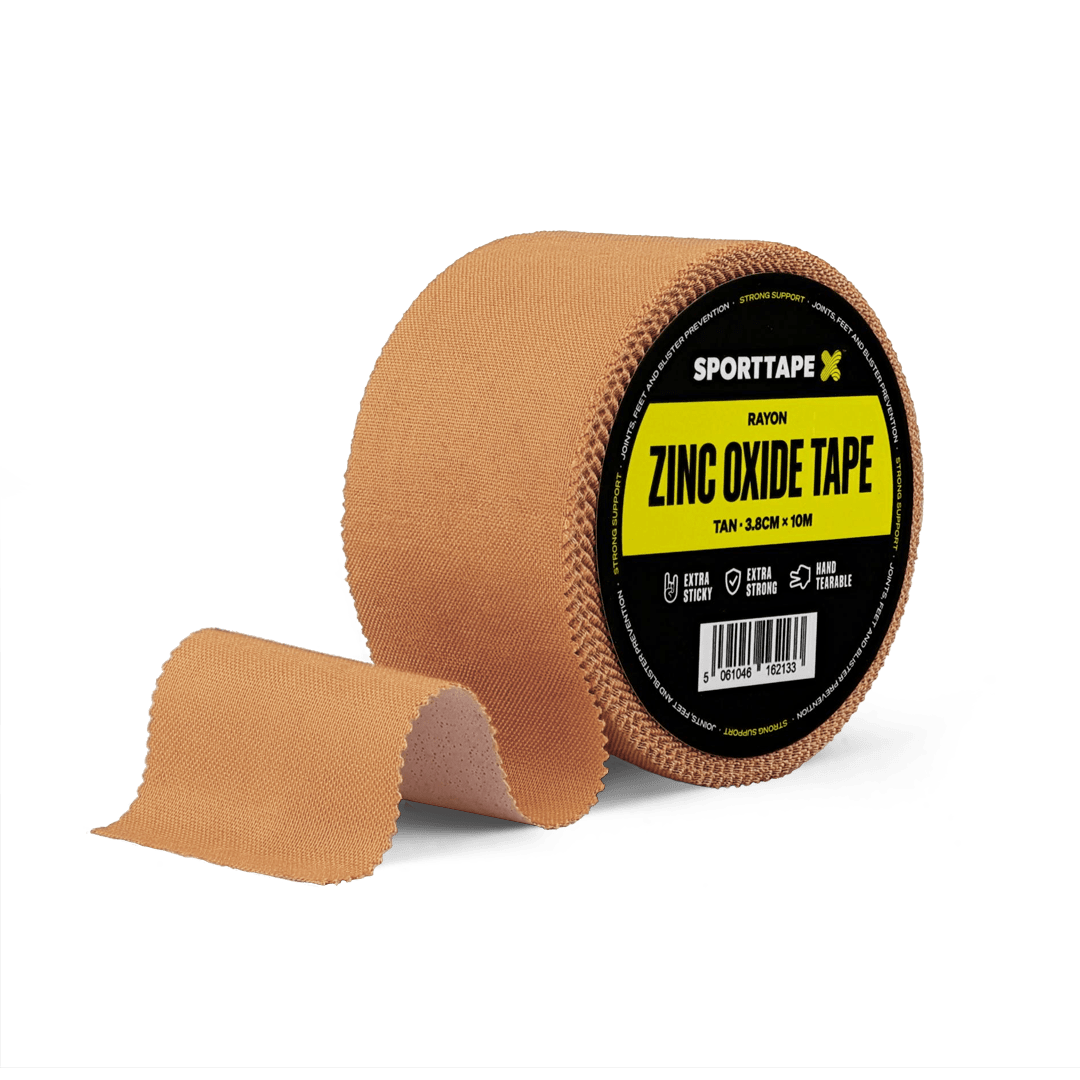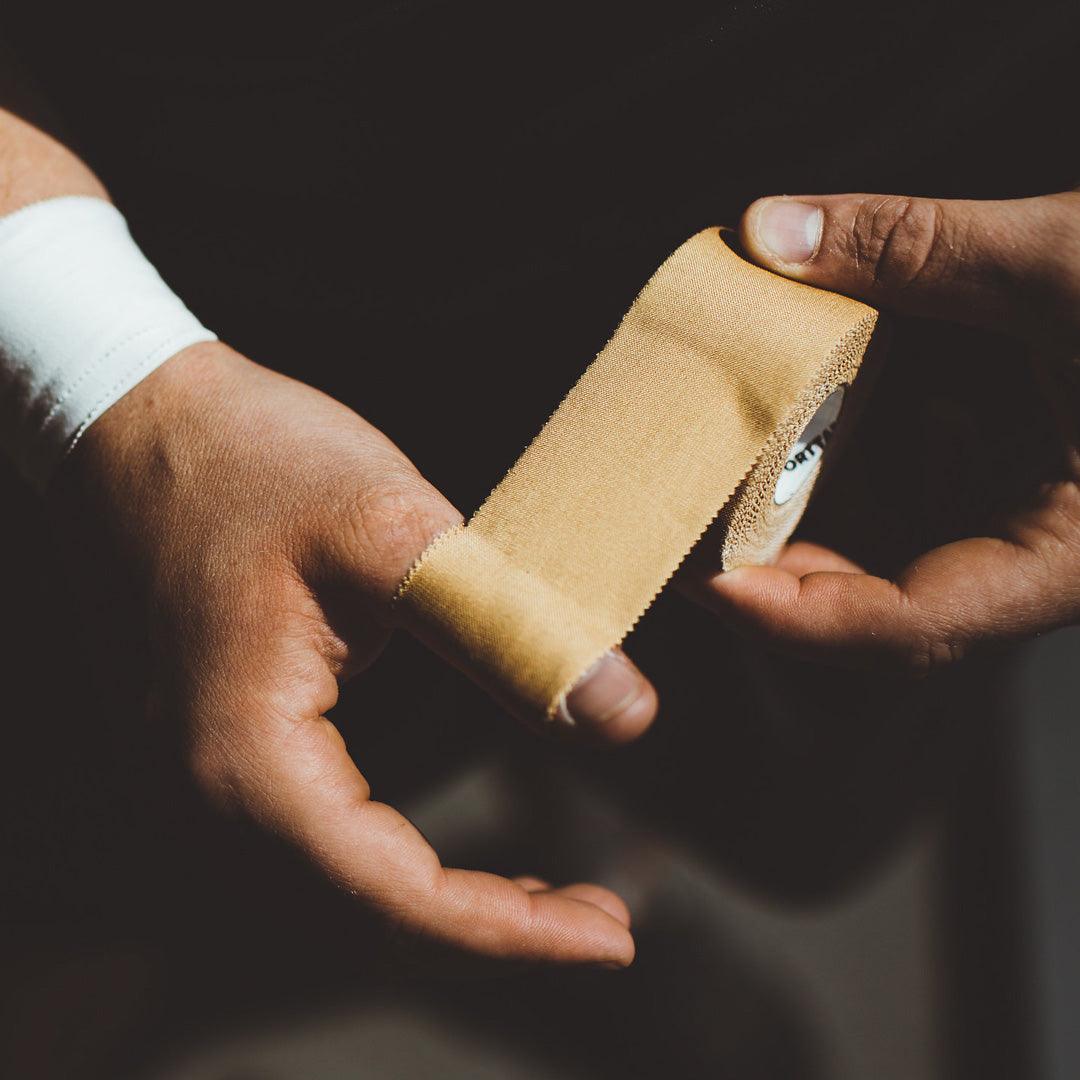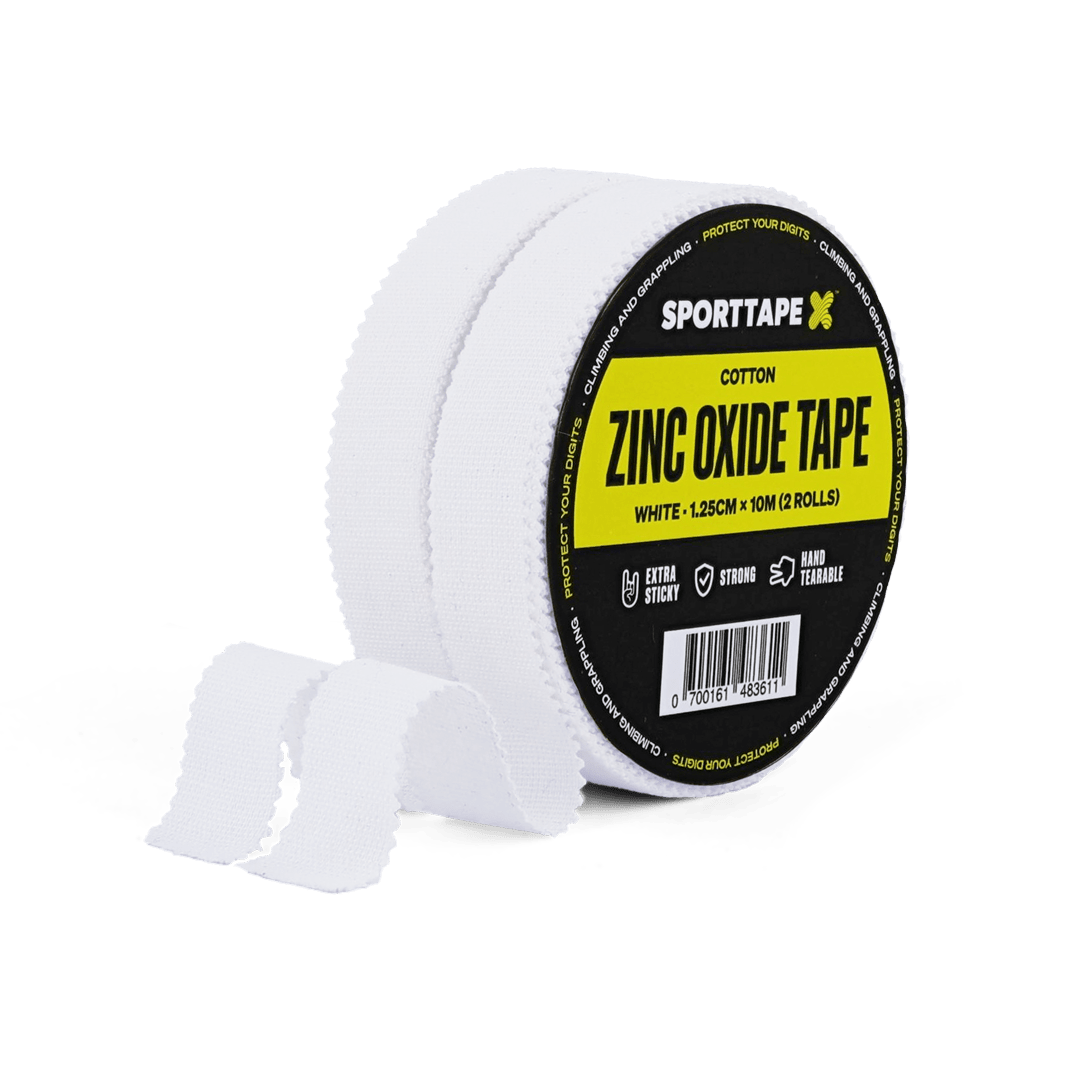Finger Tape has been used by BJJ (Brazilian Jiu Jitsu) fighters in martial arts for decades, and correctly taping your fingers can be the difference between winning and losing. It's typically used to increase your grip strength and prevent injured fingers from moving laterally.
This is our quick and easy guide as to how, and why, BJJ fighters all over the world use SPORTTAPE Finger Tape to improve their performance and protect their fingers from further injury.
HOW TO TAPE YOUR FINGERS FOR BJJ:
THE PURPOSE OF BJJ FINGER TAPE
Finger taping is a vital practice for BJJ fighters and individuals engaged in various physical activities. Its primary purpose is to provide support and stability to the fingers, helping to prevent injuries such as sprains, dislocations, and fractures.
Taping can also aid in the recovery process for existing injuries by limiting movement and reducing strain on the affected joints and tendons.
Whether you're a seasoned grappler or just starting, understanding the benefits and techniques of finger taping can significantly enhance your performance on the BJJ mats and safeguard your fingers from potential harm.
The two most common finger taping applications are used with a roll of 1.25cm Zinc Oxide Tape. Let's take a closer look at these BJJ finger taping applications and exactly how they're done...
X TAPING
This application is really common in martial arts and combat sports (such as BJJ, wrestling and MMA).
This technique will prevent excessive force being applied to the joints in the fingers when gripping and grappling and it increases your grip strength by moving the strength emphasis away from your fingers to your wrist and hands.
STEP 1
Rip a long strip of 1.25cm or 2.5cm BJJ Finger Tape (Zinc Oxide Tape) and wrap 1-2 times around the finger that you want to tape beneath the knuckle.
STEP 2
Bring the tape up at an angle over the front knuckle joint line creating one half of an X. Wrap the tape 1-2 times around the upper knuckle, making sure not to tape over the real joint line as you still need to be able to bend the finger.
STEP 3
Come back down to where you started, again crossing the joint line to make a full X. Wrap 1-2 more times around the lower finger to lock off.
You should be able to still bend the finger but it should feel supported and the last couple of degrees locked off by the thickness of the tape. This will force you into using more forearm strength when gripping rather than purely the finger.
STEP 4
Repeat on as many fingers as needed.
This application is incredibly important in martial arts and BJJ if you are grappling on the mat. Taping in this way will prevent your fingers from being forced into rotation when trapped against the floor. This prevents injuries and also allows you to roll or flip your opponent more easily.
BUDDY TAPING
Aptly called Buddy Taping as you will be taping one finger to another.
By splinting 2 fingers together, you prevent the injured finger from moving laterally. This reduces the chances of sprains and breaks caused by ‘jammed fingers’. This finger taping application is very popular with BJJ fighters.
STEP 1
Rip 2 strips of Zinc Oxide Tape, about the same length as your finger. The best size is a 2.5cm width.
STEP 2
Start taping on the bottom of the ‘good’ finger, then wrap around the ‘bad’ finger, splinting them together.
STEP 3
Repeat at the top of the finger to create 2 points of splinting.
That’s it. X Taping and Buddy Taping explained. BJJ Finger taping made easy.
By mastering the proper techniques, you can ensure that your fingers receive the necessary support and stability during every submission attempt. Whether you're aiming to prevent injuries or aid in recovery, finger taping is a simple yet effective measure that can make a significant difference in BJJ.
Stay proactive about your hand health, and remember that taking the time to properly use your finger taping applications can help you maintain peak performance and enjoy your favourite sports with confidence and safety.
Now get out there and win! And if you have any more questions for us about finger taping or BJJ taping? Drop us a line. We're happy to help!


